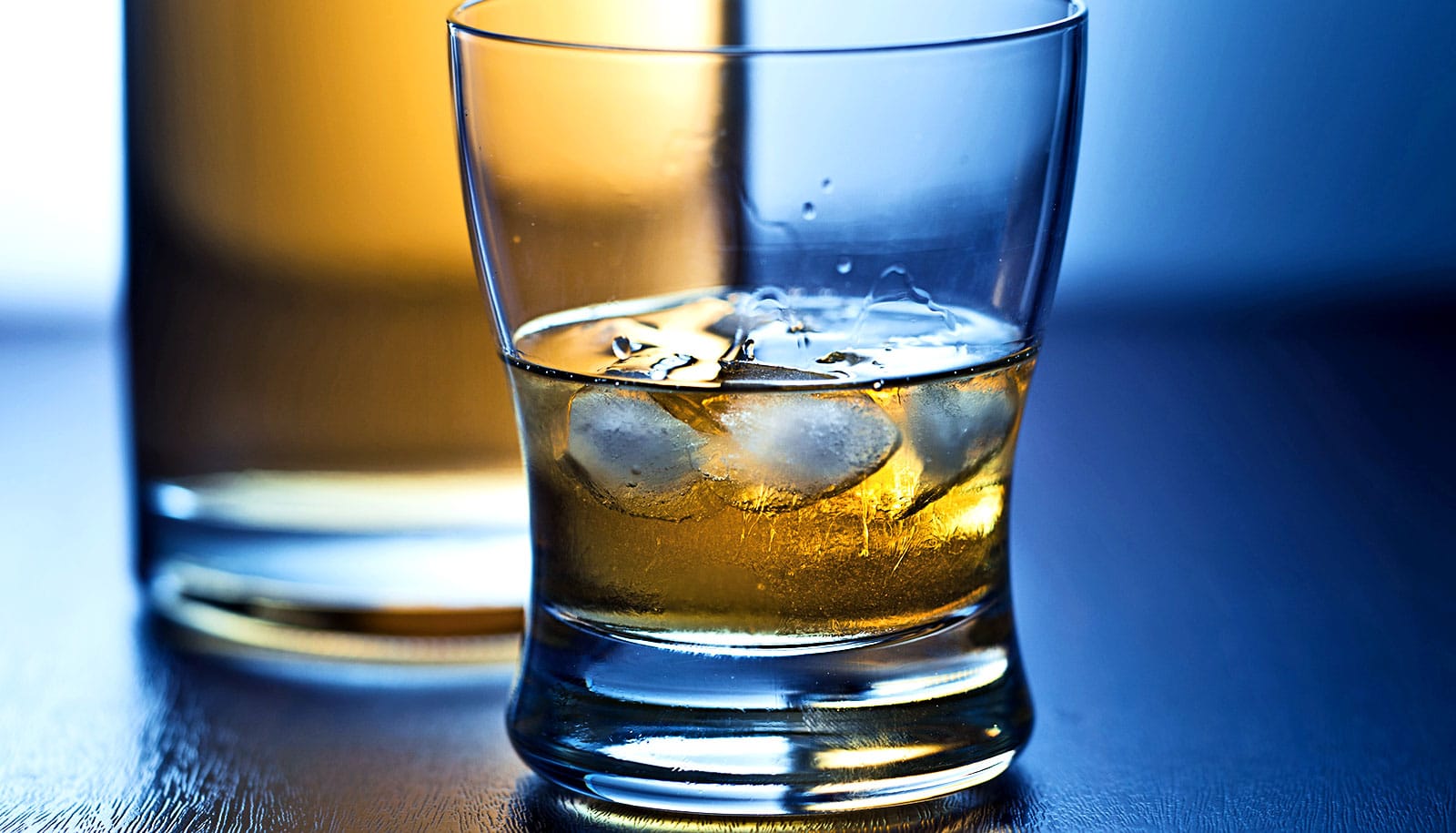The neurotransmitter glutamate may play a role in some alcohol cravings, report researchers.
Alcohol dependence and alcohol use disorders occur in about 30 percent of all Americans, taking a severe toll on people’s lives, as well as on the health care system and economy. Ninety percent of all attempts to cure the dependence or abuse of alcohol result in relapse within four years. Sights, sounds, and situations associated with past drinking experiences are the primary triggers of these relapses.
“Scientists can now confidently target glutamate levels in the brain as they develop new treatments for alcoholism and other forms of addiction.”
“This is the first study to document changes in glutamate levels during exposure to alcohol cues in people with alcohol use disorders and shines a spotlight on glutamate levels as an important target for new therapies to treat the condition,” says Sharlene Newman, a professor in Indiana University’s Bloomington College of Arts and Sciences’ psychological and brain sciences department.
The study, recently published in the Journal of Alcohol and Alcoholism, builds on research by scientists such as George Rebec, a professor emeritus in the psychological and brain sciences department who previously found that sights and sounds associated with addictive substances such as cocaine or alcohol affect glutamate levels in the brains of rats addicted to these substances. These sights and sounds are called “cues” because they elicit a craving for the previously abused substance.
“Glutamate is the real workhorse of all transmitters in the brain,” Rebec says. “Dopamine is the more popularly known neurotransmitter, a lack of which contributes to depression, anxiety, attention deficit hyperactivity disorder, and Parkinson’s disease—but it actually accounts for less than 5 percent of all synaptic activity. By contrast, glutamate accounts for about 50 percent of this activity and is especially involved in the reward-motivation circuits integral to addiction.”
To conduct the new study, researchers enlisted 35 subjects, 17 with alcohol use disorder and 18 without the disorder. Then they measured concentrations of glutamate using a technology called magnetic resonance spectroscopy.
Brain scans suggest this therapy eases alcohol cravings
The study found a decrease of the chemical in the brain of people with alcohol abuse disorder after they were shown cues associated with drinking—such as a photo of alcohol in a glass—compared to when they viewed neutral photos. Individuals without the disorder showed no change in glutamate levels when viewing the same images.
“We recognized we could measure glutamate levels in the human brain using magnetic resonance spectroscopy,” says Newman, who led the collaboration between her department’s addiction researchers to build upon Rebec’s previous work in animals. “Scientists can now confidently target glutamate levels in the brain as they develop new treatments for alcoholism and other forms of addiction.”
Additional authors of the study are from Indiana University and Purdue University.
The National Institutes of Health’s National Institute on Alcohol Abuse and Alcoholism and the Indiana Clinical and Translational Sciences Institute funded the study in part.
Source: Indiana University



